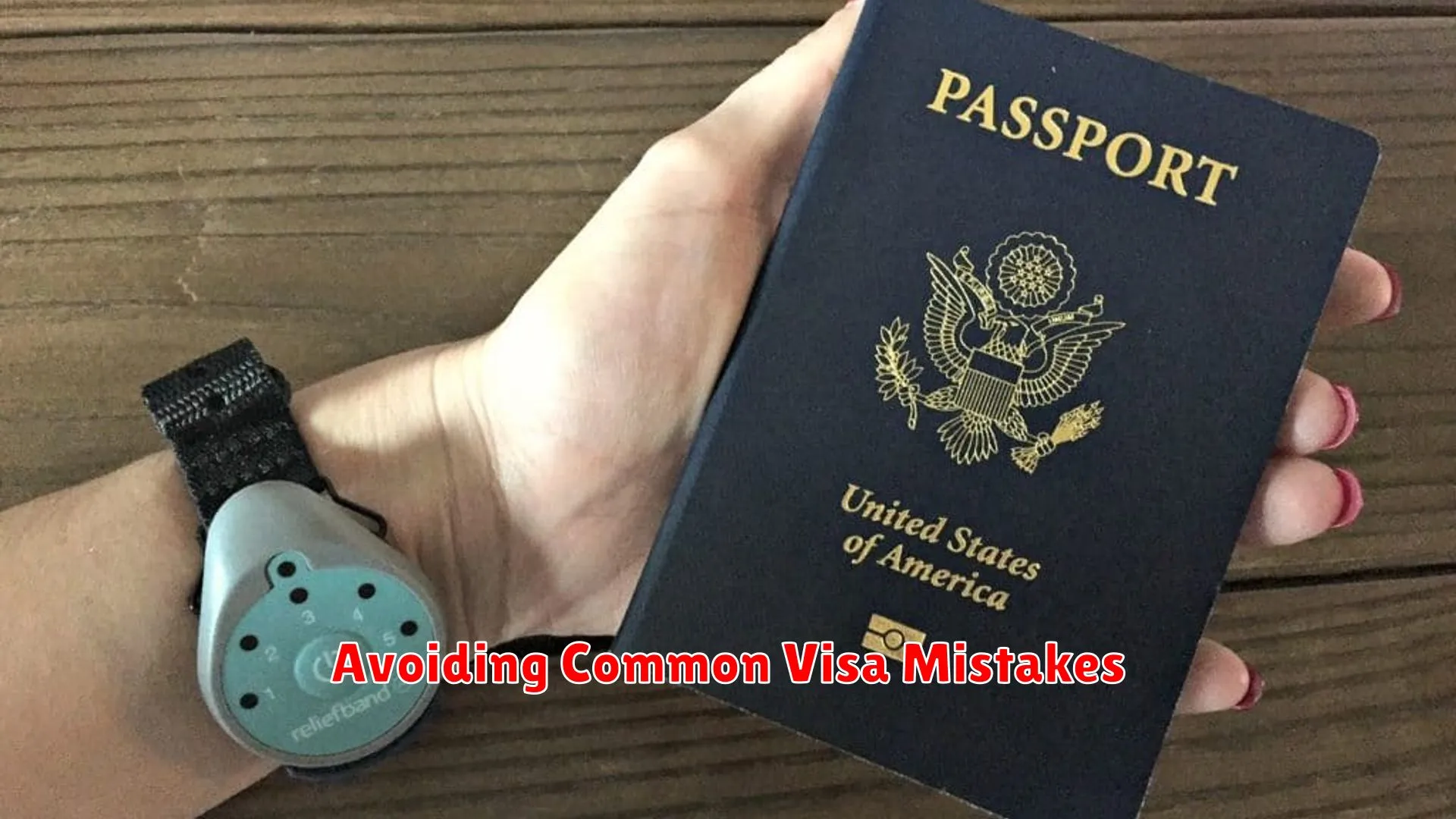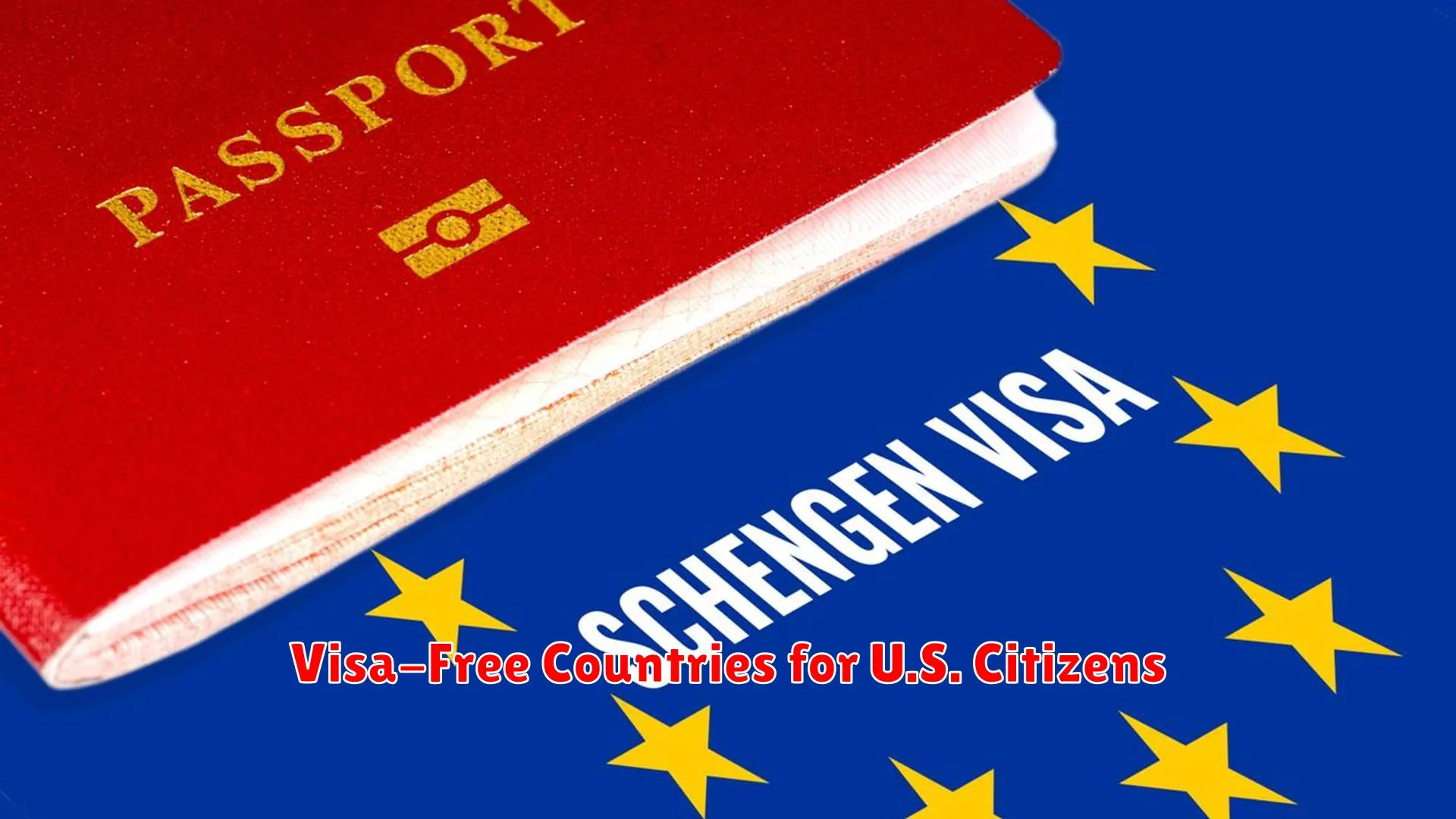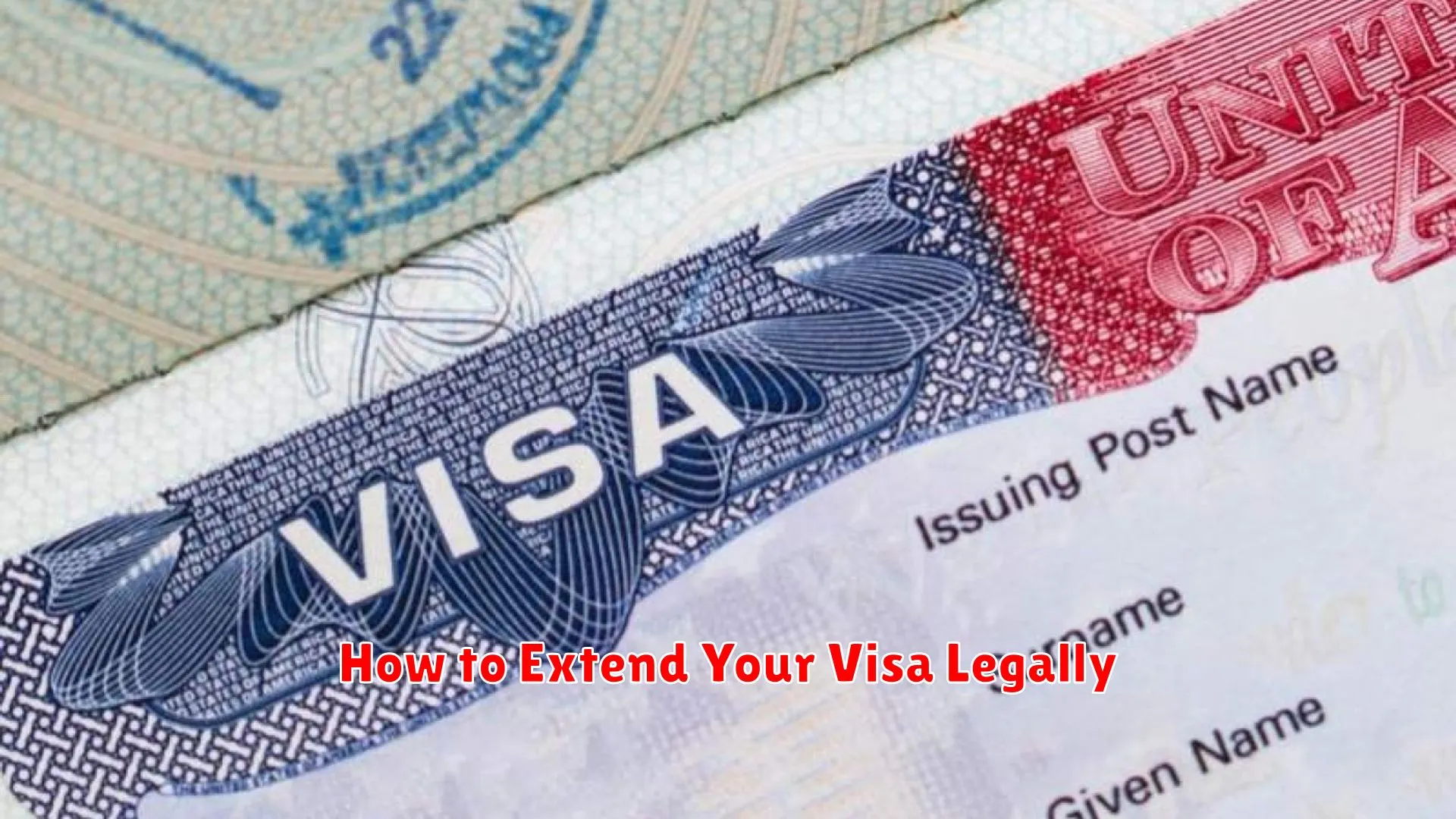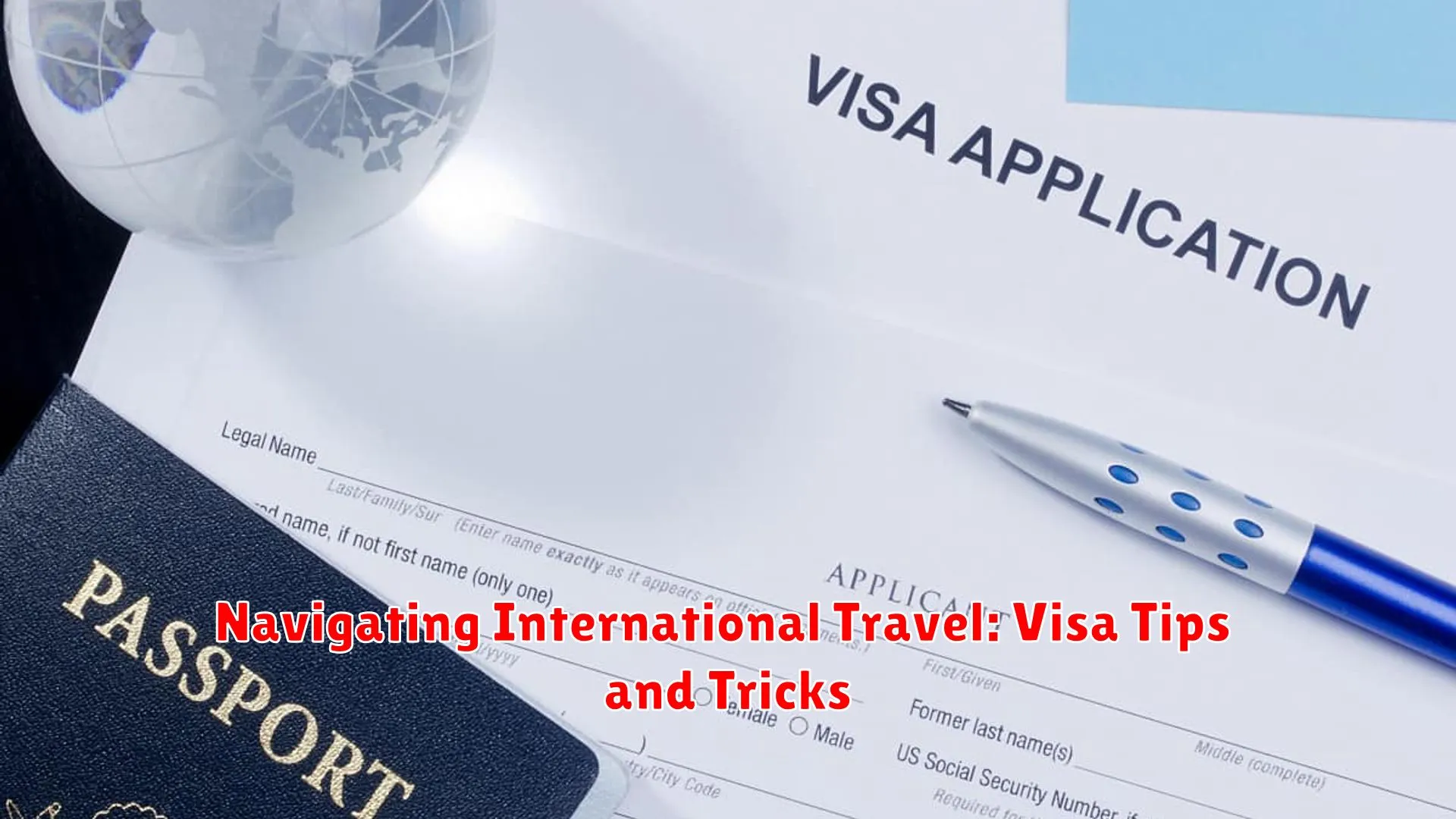Planning an international trip? Discover essential visa tips and clever tricks to streamline your travel experience in our comprehensive guide to Navigating International Travel.
Avoiding Common Visa Mistakes

When traveling internationally, one of the essential aspects to consider is securing the necessary visas for your destination. Making mistakes in this process can lead to delays, rejections, or even being denied entry into the country. To ensure a smooth visa application experience, here are some common mistakes to avoid:
1. Failing to Research Visa Requirements
Many travelers make the mistake of not thoroughly researching the specific visa requirements for their destination. Each country has different visa policies, including the types of visas available, application procedures, and required documentation. Always check the official government websites or consult with the embassy or consulate of the country you plan to visit to get accurate and up-to-date information.
2. Applying for the Wrong Type of Visa
Another common mistake is applying for the wrong type of visa. Make sure you understand the purpose of your trip (tourism, business, study, etc.) and apply for the appropriate visa category. Applying for the wrong visa can result in rejection or restrictions on your stay.
3. Incomplete or Inaccurate Application
Submitting an incomplete or inaccurate visa application is a surefire way to get it rejected. Double-check all the information you provide, including personal details, travel itinerary, and supporting documents, to ensure everything is accurate and complete.
4. Ignoring Visa Processing Times
One of the common mistakes travelers make is ignoring the visa processing times. Visa processing can take anywhere from a few days to several weeks, depending on the country and type of visa. Apply for your visa well in advance of your travel date to avoid any last-minute issues.
5. Overstaying Your Visa
Many travelers unintentionally overstay their visas, leading to fines, deportation, or future entry restrictions. Be aware of the validity and conditions of your visa, including the allowed duration of stay. If you need to extend your stay, follow the proper procedures to avoid any legal consequences.
Visa-Free Countries for U.S. Citizens

When planning international travel, one of the key considerations for U.S. citizens is visa requirements. Fortunately, there are several countries around the world where U.S. passport holders can visit without the need for a visa, making travel more convenient and hassle-free.
Popular Visa-Free Destinations
Some of the popular destinations that do not require visas for U.S. citizens include:
- Canada: U.S. citizens can enter Canada with a valid U.S. passport for stays up to 180 days.
- United Kingdom: Visits for tourism or business purposes for up to 6 months do not require a visa.
- Japan: Travelers can enjoy a stay of up to 90 days visa-free in Japan.
- Australia: U.S. citizens can visit Australia for up to 90 days without a visa.
Additional Considerations
It’s important to note that while visa-free travel is convenient, there may still be entry requirements such as a valid passport, return ticket, and proof of sufficient funds for the stay. Additionally, the allowed duration of stay may vary by country, so it’s essential to check the specific requirements for each destination before traveling.
By knowing the visa-free countries available to U.S. citizens and understanding the entry regulations, travelers can navigate international trips more effectively and make the most of their journeys.
How to Extend Your Visa Legally

Extending your visa legally while traveling internationally is crucial to avoid any visa overstay issues. Here are some useful tips to help you navigate this process smoothly:
- Understand Visa Requirements: Before your initial entry into a country, make sure you understand the specific visa requirements, including the allowed length of stay and extension procedures.
- Visit the Immigration Office: If you wish to extend your stay, visit the local immigration office well before your current visa expires. Be prepared to provide necessary documentation and fill out required forms.
- Be Honest and Transparent: When dealing with immigration officials, always be honest about your intentions and provide accurate information. Trying to deceive authorities can lead to serious consequences.
- Pay Fees and Follow Procedures: Some countries may require payment of fees for visa extensions. Ensure you follow the correct procedures and submit all necessary documents in a timely manner.
- Seek Legal Assistance if Needed: If you encounter any complexities or difficulties in extending your visa, consider seeking legal assistance from immigration lawyers or experts to guide you through the process.
By following these steps and staying informed about visa regulations, you can extend your visa legally and enjoy your international travel without any complications.
Conclusion
Planning ahead, understanding visa requirements, and staying informed are key for smooth international travel experiences.
